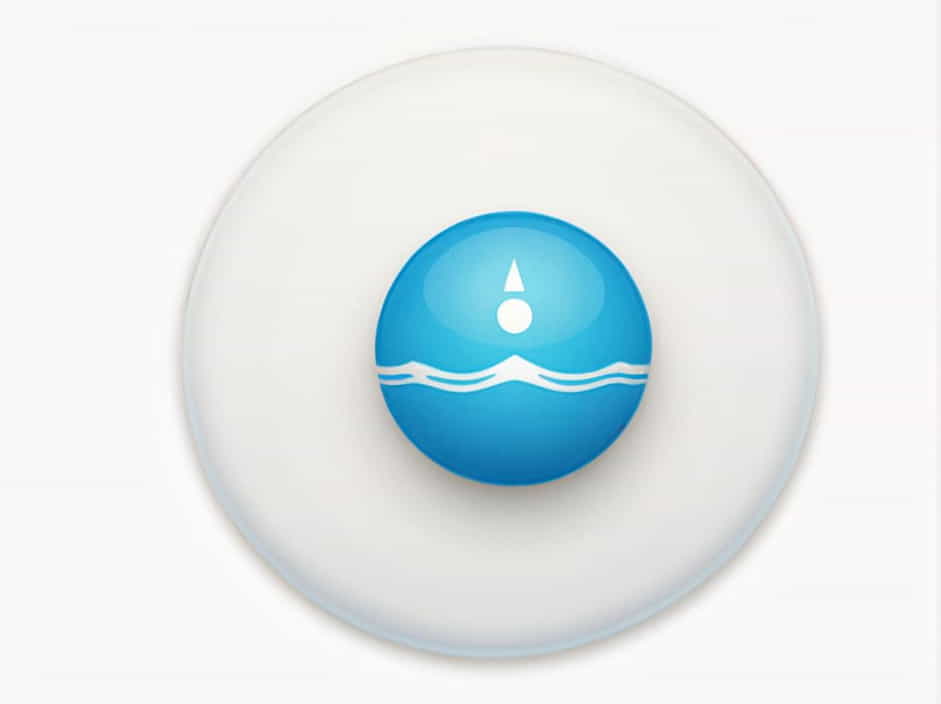The oceanographic equator is a crucial concept in oceanography and climate science. Unlike the geographical equator, which is a fixed line at 0 degrees latitude, the oceanographic equator is a dynamic boundary influenced by ocean currents, temperature variations, and wind patterns.
Understanding its location, role in climate regulation, and its impact on global weather patterns is essential for scientists studying oceanography and climate change.
1. What Is the Oceanographic Equator?
The oceanographic equator refers to a shifting boundary in the world’s oceans where major ocean currents and temperature differences create a unique division between the Northern and Southern Hemispheres.
a) How It Differs from the Geographical Equator
-
The geographical equator is a fixed imaginary line at 0° latitude, dividing Earth into the Northern and Southern Hemispheres.
-
The oceanographic equator is not fixed; it shifts depending on ocean temperatures, currents, and atmospheric pressure.
-
It is often located slightly north or south of the geographical equator, depending on seasonal variations.
b) Why Is It Important?
-
The oceanographic equator influences ocean currents, marine life distribution, and global weather patterns.
-
It is closely linked to climate phenomena like El Nià±o and La Nià±a, which affect rainfall, droughts, and storms worldwide.
2. The Location of the Oceanographic Equator
a) A Moving Boundary
Unlike the fixed geographical equator, the oceanographic equator moves based on sea surface temperatures (SSTs), trade winds, and ocean currents.
-
In the Pacific Ocean, the oceanographic equator is usually found a few degrees north of the geographical equator due to the influence of the Intertropical Convergence Zone (ITCZ).
-
In the Atlantic Ocean, its position also fluctuates based on seasonal shifts in ocean currents.
-
In the Indian Ocean, it is highly affected by monsoons and the movement of the Indian Ocean Dipole (IOD).
b) Key Oceanic Regions of the Oceanographic Equator
-
Pacific Ocean: The warm equatorial currents and the ITCZ shift it northward.
-
Atlantic Ocean: Influenced by the equatorial countercurrents and seasonal shifts in trade winds.
-
Indian Ocean: The monsoon winds cause frequent variations in its position.
3. How the Oceanographic Equator Affects Ocean Currents
The oceanographic equator plays a major role in shaping ocean circulation, which impacts global climate and marine ecosystems.
a) The Role in Major Ocean Currents
-
Equatorial Currents: These warm surface currents move westward across the oceans, driven by trade winds.
-
Equatorial Countercurrents: These flow eastward in response to differences in ocean pressure and wind patterns.
-
Thermocline Depth: The oceanographic equator marks regions where the thermocline (the layer separating warm surface waters from cold deep waters) changes depth.
b) Connection to the El Nià±o-Southern Oscillation (ENSO)
-
El Nià±o: During El Nià±o events, warm waters shift eastward, disrupting the normal position of the oceanographic equator and altering global weather patterns.
-
La Nià±a: During La Nià±a, colder waters dominate the equatorial Pacific, causing the oceanographic equator to shift southward.
4. Influence on Global Climate and Weather Patterns
The oceanographic equator is a key driver of climate systems worldwide.
a) Impact on the Intertropical Convergence Zone (ITCZ)
-
The ITCZ is a belt of clouds and storms formed where the trade winds from both hemispheres meet.
-
The oceanographic equator’s shifting position affects rainfall patterns in tropical regions, influencing monsoons, hurricanes, and droughts.
b) Effects on Regional Climates
-
South America: Changes in the oceanographic equator affect rainfall in Peru, Ecuador, and Brazil.
-
Africa: Alters seasonal rainfall and drought conditions in West and East Africa.
-
Asia: Influences the Indian monsoon cycle, which affects billions of people.
5. Impact on Marine Life and Fisheries
The oceanographic equator plays a major role in the health of marine ecosystems.
a) Upwelling Zones and Fish Populations
-
The movement of the oceanographic equator influences nutrient upwelling, where cold, nutrient-rich waters rise to the surface.
-
This supports fisheries in the Pacific and Atlantic Oceans, benefiting species like tuna, sardines, and anchovies.
b) Coral Reefs and Biodiversity
-
The shifting oceanographic equator impacts water temperatures, affecting coral reef health.
-
Coral bleaching events often occur when warm waters remain in equatorial regions for extended periods.
6. The Future of the Oceanographic Equator in a Changing Climate
Climate change is altering ocean temperatures, currents, and atmospheric circulation, which will impact the oceanographic equator in several ways.
a) Rising Sea Surface Temperatures
-
Warmer oceans will shift the oceanographic equator northward in many regions.
-
This may lead to more intense storms, disrupted fisheries, and altered rainfall patterns.
b) Changes in Ocean Circulation
-
Climate change is weakening some ocean currents while strengthening others.
-
This could lead to unpredictable shifts in the oceanographic equator’s location.
c) Effects on Marine Ecosystems
-
Many fish species depend on the stable position of the oceanographic equator for feeding and breeding.
-
If the oceanographic equator continues to shift unpredictably, it could disrupt entire marine food chains.
7. Comparing the Oceanographic Equator to Other Equatorial Divisions
a) Geographical Equator vs. Oceanographic Equator
| Feature | Geographical Equator | Oceanographic Equator |
|---|---|---|
| Location | Fixed at 0° latitude | Moves based on currents and temperatures |
| Climate Role | Divides Earth into two hemispheres | Affects ocean circulation and climate |
| Impact on Weather | Defines day length and seasons | Influences monsoons, rainfall, and storm systems |
b) Magnetic Equator vs. Oceanographic Equator
-
The magnetic equator is the region where Earth’s magnetic field is parallel to the surface.
-
The oceanographic equator is defined by temperature and current changes rather than magnetism.
The oceanographic equator is a critical but often overlooked concept in climate science. Unlike the fixed geographical equator, it shifts dynamically, influencing global weather, ocean currents, and marine life.
With climate change altering ocean temperatures, the oceanographic equator is expected to shift, leading to more extreme weather patterns and disruptions to marine ecosystems.
Understanding its role is essential for predicting future climate trends, protecting marine biodiversity, and ensuring the sustainability of fisheries and coastal communities.
